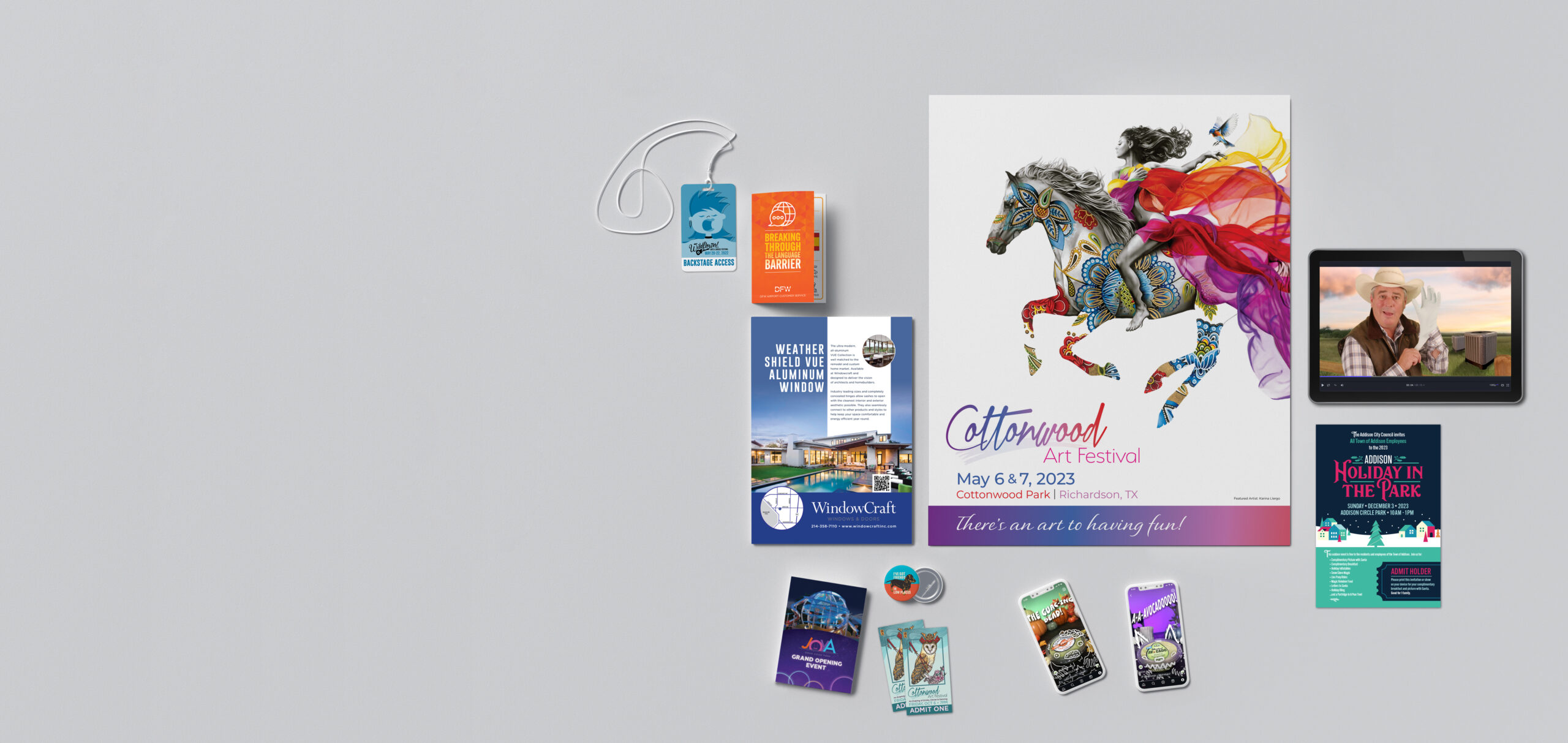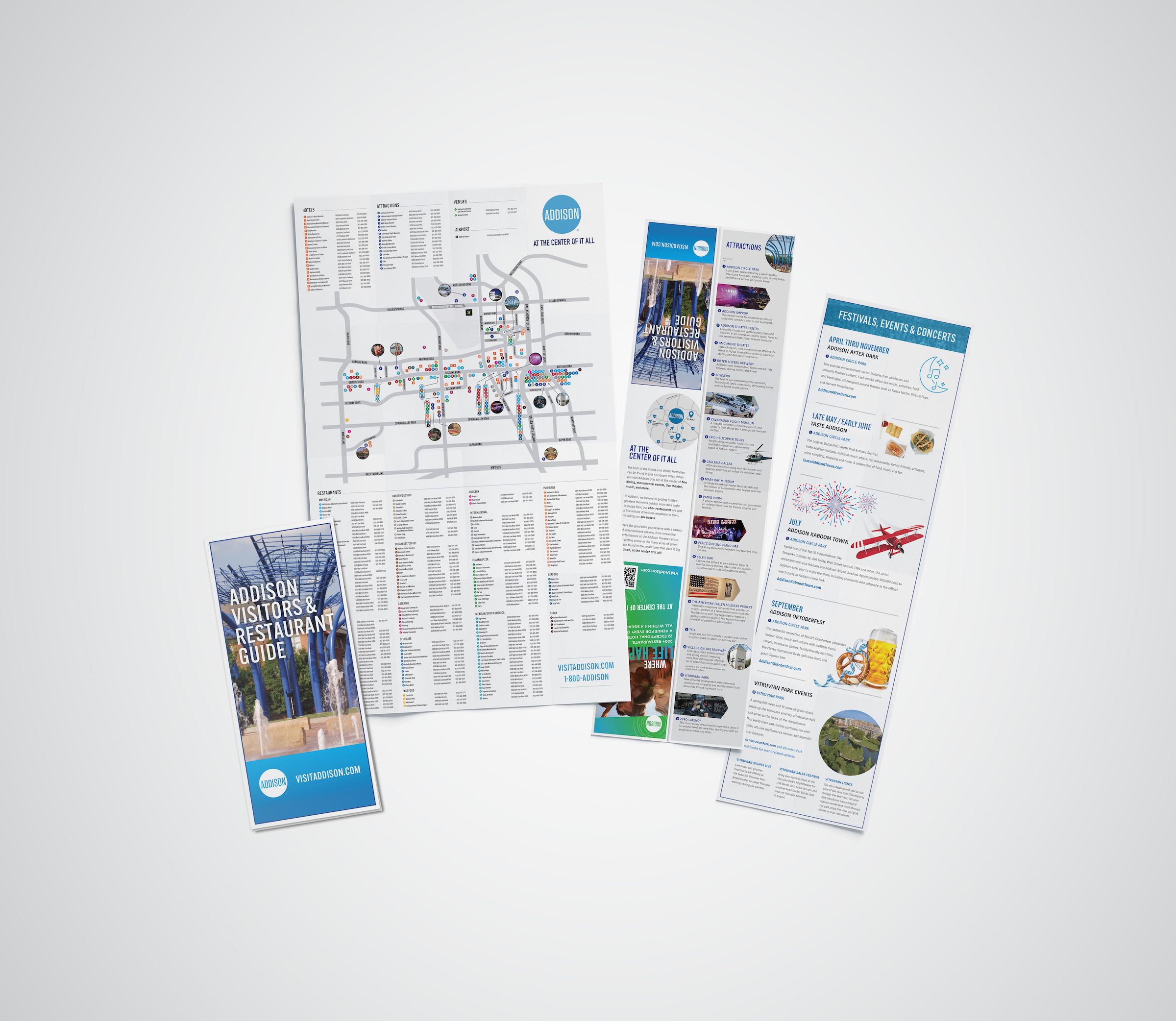Addison Kaboom Town
Events


When you partner with us, you won’t be pressured to expand your marketing budget beyond your means. Instead, we tailor a strategy that meets your goals while providing the utmost transparency so you can feel confident in both your growth and strategy.
The Barber Shop Marketing is a dynamic full-service marketing agency that offers turn-key solutions designed to grow your business on any budget. Whether you are a new business looking to get ahead in your industry or an established workforce looking to get the edge on your competitors, our team of experienced marketing professionals specializes in crafting and executing effective campaigns that drive results